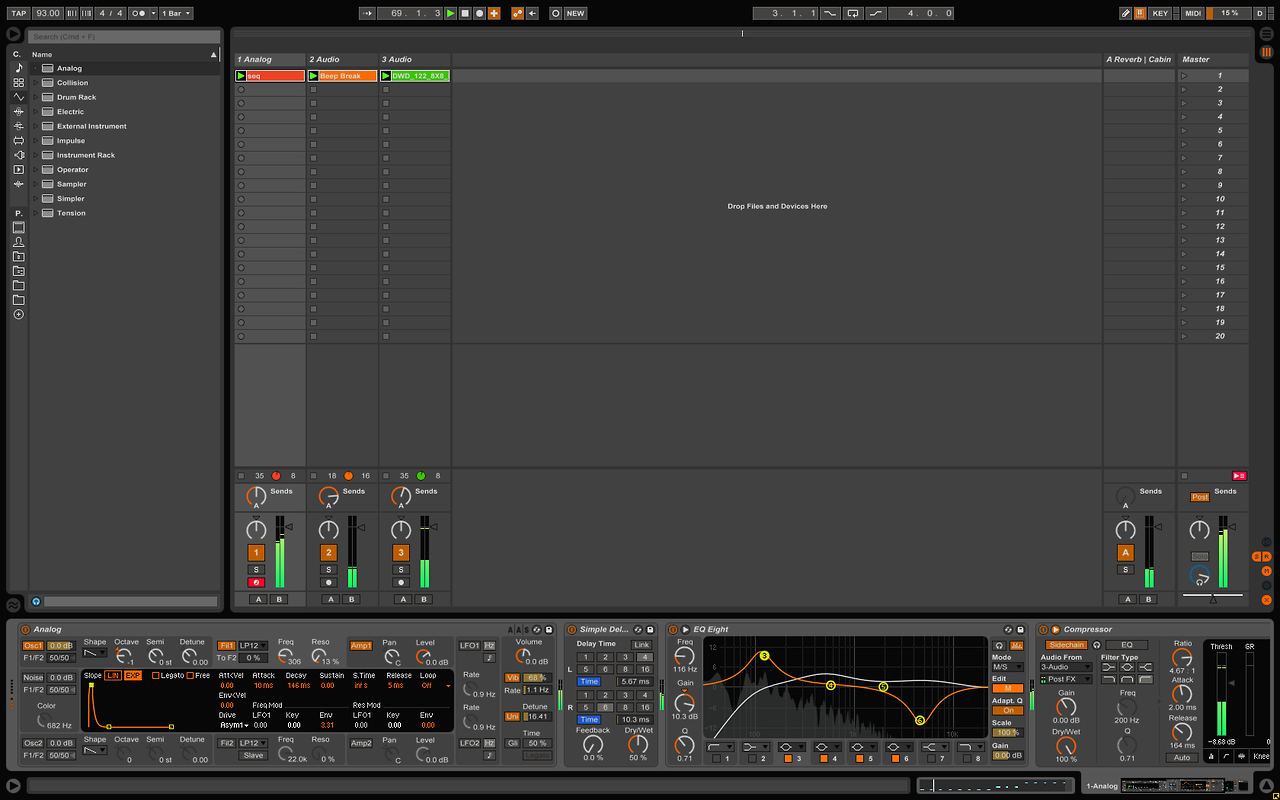
The second involves converting stored MIDI information into audio data within the computer, as played back by a plug-in device such as the Operator synthesizer. The first involves sending MIDI note and controller information from the DAW to a hardware device such as a synthesizer. Playback refers to two related scenarios when dealing with DAWs.An ideal recording environment would capture this incoming information with perfect timing accuracy in relation to the timeline of the song - as accurately as an audio recording. Recording refers to sending MIDI note and controller information from a hardware device (such as a MIDI keyboard) into a DAW for storage.A DAW must be able to accommodate three distinct MIDI-related scenarios: To understand how MIDI works within a digital audio workstation (DAW), it is helpful to introduce some common terms and concepts. If you have already invested time and money into optimizing these factors in your studio, and are not experiencing problems with MIDI timing, you probably do not need this information. Note: the MIDI timing issues discussed in this paper are generally not applicable to users with high-quality audio and MIDI hardware. We wrote this fact sheet to help users understand the problems involved in creating a reliable and accurate computer-based MIDI environment, and to explain Live‘s approach to solving these problems. The shortcuts for zooming, snapping/drawing and loop/region settings also work in the MIDI Note Editor.In conjunction with our work on the audio engine, Ableton has spent additional effort analyzing Live‘s MIDI timing and making improvements where necessary.

The shortcuts for zooming and loop/region settings also work in the Sample Editor. See also the editing commands.ģ6.13 Key/MIDI Map Mode and the Computer MIDI KeyboardĪdjust Computer MIDI Keyboard Octave Range Up/DownĪdjust Computer MIDI Keyboard Incoming Note Velocity Up/DownĬlick to Add Adjacent Clips/Tracks/Scenes to Multi-SelectionĬlick to Add Nonadjacent Clips/Tracks/Scenes to a Multi-Selection The shortcuts for zooming, snapping/drawing and loop/region settings also work in the Envelope Editor and Arrangement View. Move Nonadjacent Tracks Without Collapsing Zoom Back from Arrangement Time SelectionĪdd Selected Take Lane Area to Main Track Lane The shortcuts for zooming, snapping/drawing and loop/region settings also work in the Arrangement View. Move Nonadjacent Scenes Without Collapsing The loop brace and start/end markers must first be selected before any of the following commands will apply to them. Tab can be used to move from one track or scene to another while renaming.

Reset Assigned Color(s) for Selected Browser Itemīy holding down an additional modifier key, some of the above commands can also be applied to:

In addition to the shortcuts shown here, the editing shortcuts can also be used in the browser.Īssign Color(s) to Selected Browser Item(s) You can then navigate the suggested options by pressing the up and down arrow keys and press Enter to choose one. This opens a search field that will suggest menu entries as you type. In macOS, you can access individual menu entries by pressing CMD- ?. the right and left arrow keys to open the neighboring menu.the up and down arrow keys to navigate the menu items.Under Windows, you can access each menu by pressing ALT and the first letter of the menu ( ALT- F for “File,” for instance).


 0 kommentar(er)
0 kommentar(er)
